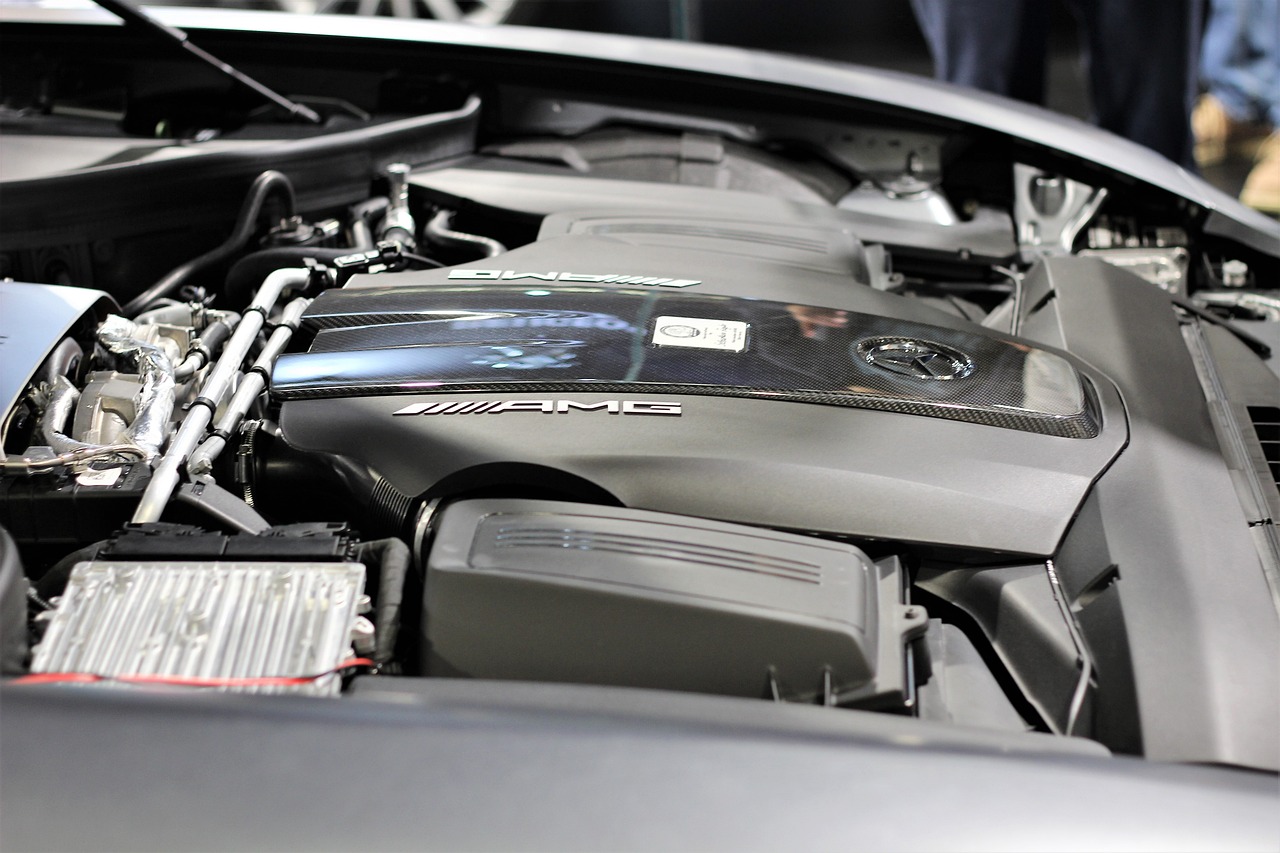Exploring the Connection Between Car Design and User Experience Psychology
Car interior layout plays a significant role in the overall comfort and satisfaction of drivers and passengers. The arrangement of seats, controls, and storage spaces can greatly impact the convenience and functionality of the vehicle’s interior. A well-thought-out layout can enhance the driving experience by providing easy access to essential features and creating a sense of spaciousness within the cabin.
Furthermore, the ergonomics of the car interior layout can also influence user comfort. Ergonomics is the study of how people interact with their surroundings and designing products that optimize human performance and well-being. A well-designed interior layout that considers ergonomics can reduce physical strain and fatigue, leading to a more pleasant and enjoyable driving experience. Ergonomically placed controls and seats that offer proper support can contribute to a comfortable and safe environment for both short commutes and long journeys.
The Role of Color Psychology in Car Design
Color psychology plays a crucial role in car design, influencing the overall feel and appeal of the vehicle to potential buyers. The choice of colors in a car’s interior can evoke various emotions and perceptions among users. For example, warm colors like red and orange are often associated with energy and excitement, while cool colors like blue and green can create a sense of calm and tranquility.
Furthermore, color psychology in car design goes beyond mere aesthetics, as certain colors can also affect driver behavior and concentration. For instance, bright and bold colors may be distracting and overwhelming for some drivers, while softer and neutral tones can promote a sense of focus and relaxation. By understanding the psychological impact of different colors, car designers can create interiors that not only look visually appealing but also contribute to a more comfortable and enjoyable driving experience for users.
How Ergonomics Affects Driver Satisfaction
Ergonomics plays a crucial role in determining driver satisfaction within a vehicle. When the layout of controls and features is well-designed, it enhances the overall comfort and ease of use for the driver. For instance, placing commonly used controls within easy reach and ensuring they are intuitive to operate can significantly reduce driver fatigue and frustration during long journeys.
Moreover, proper ergonomics can also contribute to safety on the road. When drivers can easily access and operate essential functions like steering wheel, pedals, and gear shift without straining or taking their focus off the road, it promotes better concentration and reduces the likelihood of accidents. A well-thought-out ergonomic design not only enhances the driving experience but also plays a significant role in ensuring driver confidence and satisfaction.
How does the car interior layout influence user comfort?
The car interior layout plays a crucial role in determining the comfort level of the driver and passengers. A well-designed interior with proper ergonomics can result in a more pleasant driving experience.
What is the role of color psychology in car design?
Color psychology plays a significant role in car design as different colors can evoke various emotions and moods. Choosing the right colors for the interior can enhance the overall driving experience and contribute to driver satisfaction.
How does ergonomics affect driver satisfaction?
Ergonomics directly impacts driver satisfaction by ensuring that the car’s design is comfortable, efficient, and user-friendly. Proper ergonomics can reduce fatigue, improve concentration, and ultimately enhance the overall driving experience.





